Central Indiana Urology Services
Dr. Steven Kim, MD offers world class urology service in Central Indiana.
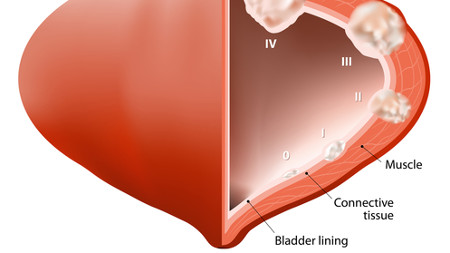
Bladder Cancer Treatment
Bladder Cancer Treatment
9th leading cancer with 430,000 new cases with 165,000 deaths occurring in 2012. It has been associated with smoking in high number of cases. If diagnosed early, one can have high rate of survival. Primary symptoms of bladder cancer include blood in the urine. Blood can be visible or non-visible. Also patients may frequent urination.
Bladder cancer has increased rate of recurrence. Patients are often followed via scheduled cystoscopy and urine cytology testing.
For advanced bladder cancer, combination of surgery, chemotherapy, radiation may be necessary.
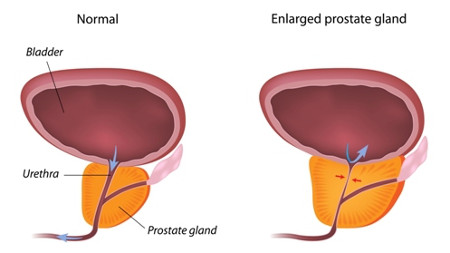
Enlarged Prostate Gland
Enlarged Prostate Gland
Urinary problems are common as men advance in age. 70% of men in 70’s have urinary issues. Common symptoms include going to bathroom often, leakage of urine, going to bathroom at night, dribbling of urine, slow urination, feeling that one is not emptying urine completely, straining to void, continuing urge to void.
Patients are often evaluated with symptom score, psa testing, possible uroflow test, urinary residual testing and even cystoscopy.
Treatment may include medications or even surgery.
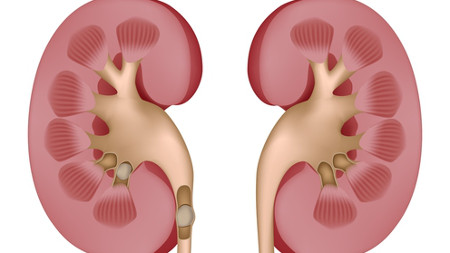
Kidney Stones
Kidney Stones
Wide treatment options exist. Medical expulsive therapy (flomax), lithotripsy, ureteroscopy and laser lithotripsy, PCNL (percutaneous nephrolithotomy) are offered.
Stone prevention is important. Different laboratory testing and stone analysis and behavioral and dietary considerations are taken into account and analyzed often after stone episode.
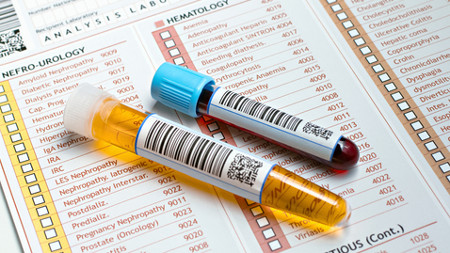
Blood In Urine
Blood in Urine
Blood in urine can be both visible or non-visible. Causes can be serious at times. Common causes include kidney stones, tumors in urinary tract, infection, trauma, urinary tract blockage.
Testing is often necessary. It may include ct scan, cystscopy, urine check for infection and cytology.

Erectile Dysfunction
Erectile Dysfunction
Erectile dysfunction affects 30-40 million men in united states. If affects more than 50% of men between 50-70 years of age. Causes include age and different disease disorders (diabetes, heart disease, hypertension, depression).
Variety of treatments are available. Different drugs (Viagra, Cialis, Levitra, Stendra, Staxyn), vacuum erectile device, penile injection therapy, penile implantation.
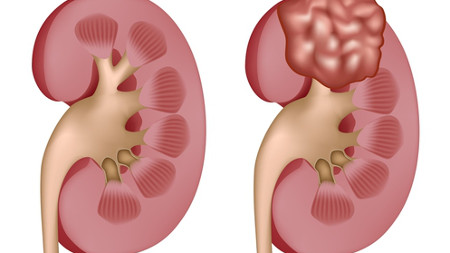
Kidney Cancer
Kidney Cancer
More than 50,000 new cases occur in united states per year. Majority of patients are between ages 50-70. Symptoms commonly include flank pain, blood in urine, fatigue, weight loss or swelling of legs.
Ultrasound, CT Scan or MRI may be necessary to properly diagnose and treat kidney cancer.
Treatment include surgery (radical or partial nephrectomy) or minimally invasive (CT guided out patient cryotherapy) or advanced medical treatment. Often times radiation therapy and chemotherapy are not effective.

Urinary Tract Infection
Urinary Tract Infection
More than 9-10 million adults suffer from uti per year. Men and women have different reasons for developing infections. Common conditions (kidney stones, bph with obstruction, neurogenic bladder, incontinence, pad usage, immunocompromised state, GI issues, vaginal atrophy) may contribute to recurrent uti’s.
Ultrasounds, CT Scan or cystoscopy may be needed to properly diagnose and treat recurrent infections.
Emphasis on prevention is highly encouraged. Behavioral, medical, dietary, and surgical options are possible.

Urinary Incontinence
Urinary Incontinence
Leakage of urine affects both men and women but is more common in women. Causes are different for men and women. Associated symptoms include bowel symptoms and sometimes urinary tract infections. Incontinence pad usage often lead to depression and life style impediment. Over $5 billion dollars per year are spent on incontinence treatment and diagnosis.
Diagnosis often involve physical exam, urinalysis, urodynamics testing, cystoscopy or other imaging tests.
Treatment differs for men and women. Treatment for women often involve medication, physical therapy or surgery (sling procedure). Sometimes neuromodulation (InterStim therapy) may be also necessary.
For men treatment is more individualized and depends on exact cause of incontinence. Also, medical therapy, surgery or physical therapy can improve symptoms.
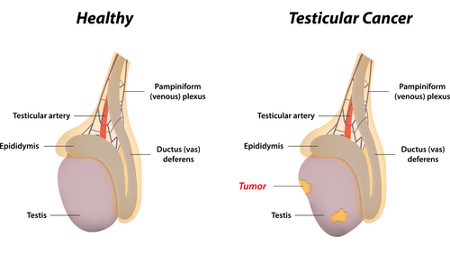
Testicular Cancer
Testicular Cancer
Most common cancer between ages 15-35. Men present commonly with mass in testis but not all masses in scrotum are cancerous. Other common symptoms include swelling in scrotum, accumulation of fluid in scrotum (hydrocele), pain in scrotum, ache in groin,
Most evaluations will include physical exam, laboratory testing, scrotal ultrasound or possibly CT Scan.
Treatment depends on stage of testicular cancer. Therapy may include surgery, radiation or chemotherapy or combination of.

Elevated PSA/Prostate Cancer
Elevated PSA/Prostate Cancer
Prostate Cancer is most common internal cancer in men. One of every six men will eventually develop clinically significant prostate cancer. Screening involves often psa testing with digital rectal exam.
In early stage, men are often asymptomatic. Sometimes men will have urinary symptom with urinary frequency, slow stream, nocturia, dribbling of urine or blood in the urine.
Diagnosis-With changes in psa (over all value or velocity) or exam prostate biopsy may be performed with full informed consent. Other current laboratory testing (phi score, 4k score, PCA3 testing) may also be considered.
Prostate biopsy involves sampling prostate via a small ultrasound probe. Often testing is performed in transrectal approach in the office. Local anesthesia is administered.
Treatment differs depending on stage of cancer.
Radical prostatectomy- Surgical removal of lymph nodes and prostate gland. Open or robotic approach are options.
Radiation therapy – Often done in radiation center. Does not involve surgery.
Hormonal therapy – involves deprivation of testosterone.
Active surveillance – Cancer is followed with periodic psa testing and prostate biopsy

Vasectomy
Vasectomy
No Scapel technique vasectomy is performed. It is highly successful but two semen analysis will need to be performed prior to confirmation of successful procedure. Procedure is often but not always done in office.
